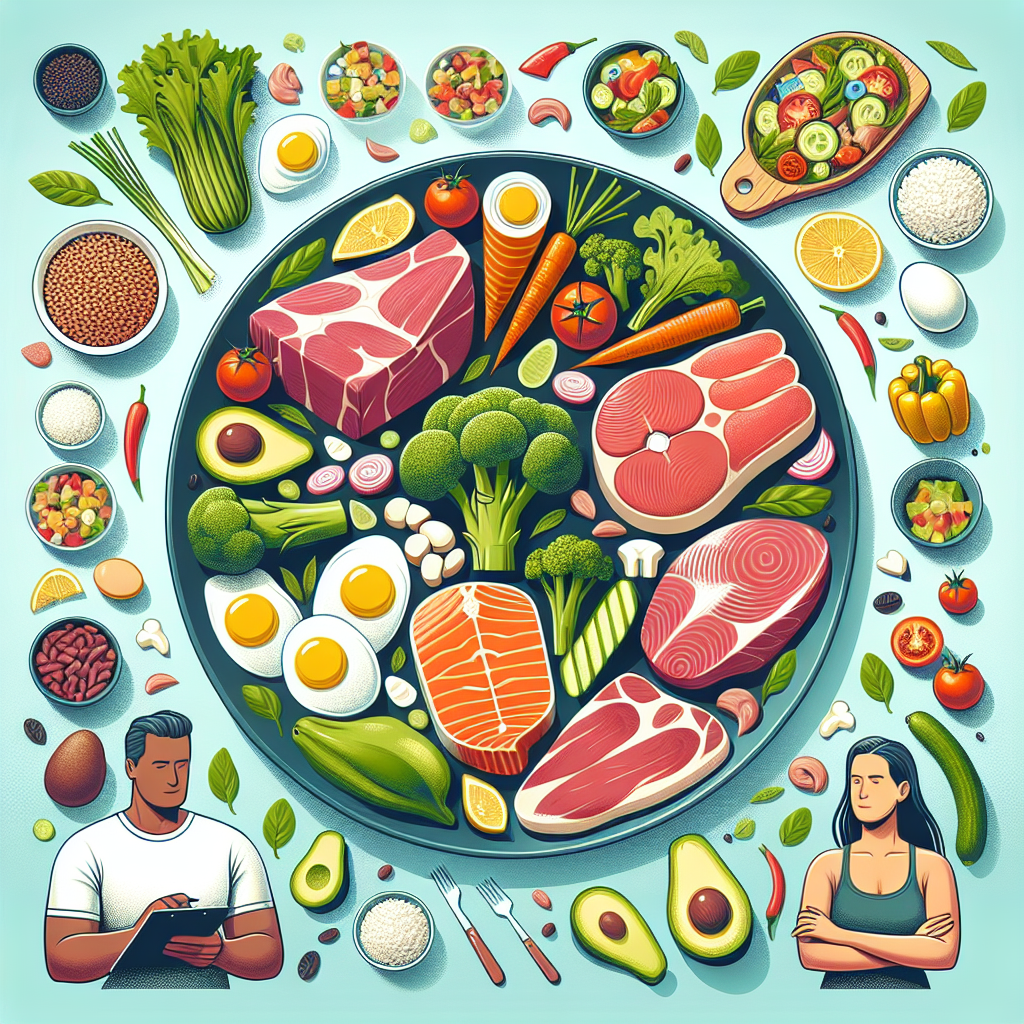Understanding Low Carb Diets
Low carb diets primarily reduce carbohydrate intake, which shifts metabolism towards burning fat instead of glucose. Typical foods in this diet include meat, fish, eggs, nuts, vegetables, and healthy fats. Commonly avoided foods are grains, sugary snacks, and most fruits. Understanding the mechanics behind carbohydrate reduction is crucial for effectively starting and adhering to the diet.
Benefits of a Low Carb Diet
Weight Loss: Lowering carb intake can lead to reduced appetite and increased fat burning. Studies show that individuals often lose excess weight more efficiently on low carb diets compared to traditional low-fat regimens.
Improved Blood Sugar Control: For those with diabetes or insulin resistance, a low carb diet can help stabilize blood sugar levels significantly.
Enhanced Mental Clarity: Some individuals report improved focus and reduced brain fog when shifting to a low carb lifestyle, likely due to stable blood glucose levels.
Increased Energy: Utilizing fat as a primary energy source can lead to sustained energy levels throughout the day without the spikes and crashes caused by high-carb meals.
Steps to Start a Low Carb Diet
1. Define Your Goals
Before starting, outline your specific goals. Are you aiming for weight loss, improved health markers, or enhanced athletic performance? Having defined goals helps tailor your approach and keeps you accountable.
2. Educate Yourself on Carbohydrates
Understanding different types of carbohydrates is essential. Focus on distinguishing between simple carbs (sugars) and complex carbs (fiber and starches). Simple carbs, found in sweets and processed foods, are generally limited, while complex carbs can be included in moderation.
3. Plan Your Meals
Meal planning is crucial for a successful transition to a low carb diet. A well-structured meal plan can help you avoid poor food choices. Use high-protein, low-carb staple foods such as:
- Proteins: Chicken, turkey, beef, pork, fish, tofu
- Fats: Avocado, olive oil, coconut oil, butter, nuts
- Vegetables: Leafy greens, broccoli, cauliflower, zucchini, bell peppers
4. Learn How to Read Food Labels
Become proficient at reading nutrition labels. Focus on the total carbohydrate count, paying close attention to added sugars and fiber content. Understanding net carbs, calculated as total carbs minus fiber, will assist in managing your intake.
5. Gradually Reduce Carbs
Instead of making drastic changes overnight, consider gradually reducing carb intake. Begin by eliminating obvious sources, such as sugary snacks and soft drinks. Then, progressively reduce grains, starchy vegetables, and high-sugar fruits.
6. Focus on Whole Foods
Emphasize whole, unprocessed foods. These items are typically lower in carbs and higher in nutrients. Here are some to include in your diet:
- Non-Starchy Vegetables: Spinach, kale, and asparagus
- Healthy Fats: Nuts, seeds, and oils
- Protein Sources: Fish, eggs, and lean meats
7. Stay Hydrated
Drinking ample water is vital. Low carb diets can lead to early water weight loss, so it’s essential to maintain hydration. Aim for at least 8-10 glasses of water daily.
8. Manage Electrolyte Balance
When you reduce carbs, you may lose electrolytes—potassium, sodium, and magnesium—because lower insulin levels promote their excretion. To maintain balance, incorporate foods rich in these minerals:
- Potassium: Avocados, spinach, and mushrooms
- Magnesium: Nuts, seeds, and leafy greens
- Sodium: Ensure you’re salting your food adequately, especially during the initial phases.
9. Incorporate Exercise
While diet plays a crucial role in a low carb lifestyle, physical activity complements weight management and overall health. Aim for a mix of cardio and resistance training to maximize weight loss and muscle retention.
10. Track Your Progress
Use a journal or mobile app to document your food intake and monitor your progress. This can help identify patterns and areas for improvement. Tracking is also motivational and can highlight small victories along your journey.
Potential Challenges and Solutions
Keto Flu: As your body adjusts to a low carb intake, you may experience symptoms resembling the flu. To alleviate these feelings:
- Increase fluid and electrolyte intake.
- Gradually transition to avoid extreme symptoms.
Social Situations: Eating out or attending social gatherings can be tricky. To navigate these situations:
- Research menu options ahead of time.
- Don’t hesitate to modify dishes by substituting sides for low-carb alternatives.
Cravings for Carbs: It’s common to experience cravings. Combat these by:
- Consuming protein-rich snacks.
- Minding portion sizes and meal frequency.
Low Carb Meal Ideas
- Breakfast: Omelette with spinach, cheese, and avocado.
- Lunch: Grilled chicken salad with mixed greens and olive oil dressing.
- Dinner: Baked salmon with asparagus and a side of cauliflower rice.
- Snacks: Celery with cream cheese, boiled eggs, or a handful of nuts.
Supplements to Consider
While a well-planned low carb diet should provide most necessary nutrients, supplements can help mitigate micronutrient deficiencies:
- Multivitamins: To cover any gaps.
- Omega-3 Fatty Acids: For heart health.
- Fiber Supplements: If you struggle to get enough fiber from food.
Monitoring Your Health
Regular check-ups with a healthcare provider can help monitor your health markers, especially if you have pre-existing conditions. Discuss any significant dietary changes and consider blood sugar testing if managing diabetes.
Adjusting Over Time
As your body adapts, you may need to adjust your approach. Gradually reintroducing healthy carbohydrates can help maintain balance and sustainability. Pay attention to how your body responds and align your diet accordingly.
By committing to a low carb diet thoughtfully and informedly, you pave the way for lasting health benefits, impactful weight loss, and enhanced energy levels.
